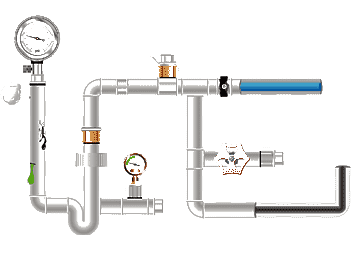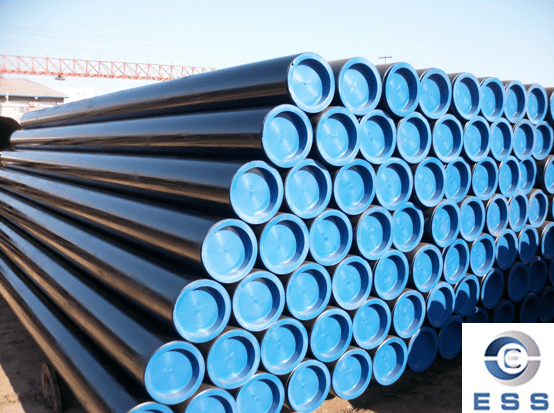In the industrial piping field, ASTM A53 and API 5L are two widely used key standards, but their focuses are quite different. ASTM
A53, developed by the American Society for Testing and Materials (ASTM),
specifies piping for general fluid transport; while API 5L, developed by the
American Petroleum Institute (API), is specifically for oil and gas transport
piping.
Although both cover carbon
steel seamless pipes and some parameters overlap, there are systemic
differences in technical requirements and application scenarios, which can have
a profound impact on engineering selection and safety performance.
ASTM A53 Standard
ASTM A53 is divided into Class A and Class
B (Class B being more widely used), covering both seamless
pipe and welded
pipe manufacturing methods. The main types of ASTM A53 pipe include:
Type F: Furnace butt welded (Class A only)
Type E: Resistance welded (Class A and
Class B)
Type S: Seamless (Class A and Class B)
API 5L Standard
The API 5L standard includes two
categories: PSL1 (basic grade) and PSL2 (high-performance grade), which impose
higher requirements on material toughness and non-destructive testing.
PSL1: Standard quality, suitable for
general piping applications.
PSL2: Higher quality, with more stringent
chemical, mechanical, and testing requirements, suitable for critical or
high-risk piping systems.
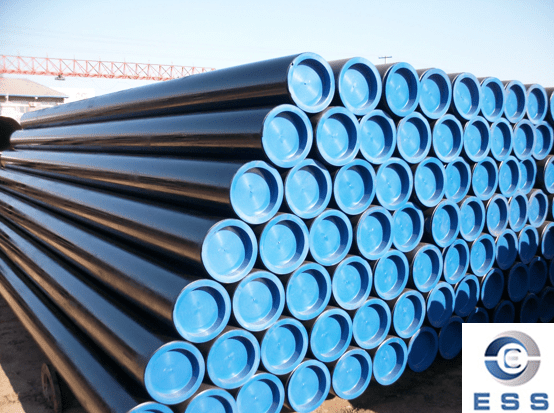
ASTM A53 vs. API 5L: Publish
1. ASTM A53 Steel Pipe
American Society for Testing and Materials
(ASTM)
2. API 5L Steel Pipe
American Petroleum Institute (API)
ASTM A53 vs. API 5L: Scope
1. ASTM A53 Steel Pipe
ASTM A53 is suitable for mechanical and
pressure applications, and can also be used for general applications such as
steam, water, gas, and air piping. It is suitable for welding, as well as
forming operations such as coiling, bending, and flanging.
2. API 5L Steel Pipe
API 5L steel pipe is used in pipeline
transport systems in the oil and gas industry.
ASTM A53 vs. API 5L: Pipe Types
1. ASTM A53 Steel Pipe
Seamless (Type S), ERW (Type E), and FBW
(Type F)
2. API 5L Steel Pipe
Seamless, CW, LFW, HFW, LW, SAWL, SAWH,
COWL, COWH, EW
ASTM A53 vs. API 5L: Chemical
Composition
1. ASTM A53 Steel Pipe
ASTM A53 steel pipe has a higher carbon and
manganese content, making it more suitable for welding, coiling, bending, flange forming, and other processing operations.
2. API 5L Steel Pipe
API 5L has stricter requirements for
chemical composition. With increasing grades, the carbon content decreases and
the manganese content increases to prevent cracking during welding.
Furthermore, PSL2 grade steel pipe has even stricter requirements for carbon
equivalent.
ASTM A53 vs. API 5L: Mechanical
Properties
1. ASTM A53 Steel Pipe
Tensile Strength: 330 MPa to 415 MPa;
Yield Strength: 205 MPa to 240 MPa.
2. API 5L Steel Pipe
Tensile Strength: 310 MPa to 915 MPa;
Yield Strength: 175 MPa to 120 MPa.
ASTM A53 vs. API 5L: Inspection
1. ASTM A53 Steel Pipe
Product analysis, tensile testing, bending
testing, flattening testing, hydrostatic testing, and non-destructive testing
(NDT)
2. API 5L Steel Pipe
Product analysis, tensile testing, bending
testing, flattening testing, CVN impact testing, DWT testing, guided bending
testing, hardness testing, hydrostatic testing, NDT, and metallographic
inspection.
ASTM A53 Pipe vs. API 5L Pipe: Specifications
|
Projects
|
ASTM A53
|
API 5L
|
|
OD Range
|
21.3-762 mm
|
10-762 mm
|
|
Wall Thickness
|
2.0-140 mm
|
2-50 mm
|
|
Standard Length
|
6 m (common)
|
6-12.2 m (customized 0.5 m)
|
|
Steel Grade
|
Grade A, Grade B
|
L175, L210 (A), L245 (B), L290 (X42),
L320 (X46), L360 (X52), L390 (X56), L415 (X60), L450 (X65), L485 (X70), L555
(X80), L625 (X90), L690 (X100), and L830 (X120)
|
|
Level
|
-
|
PSL1 and PSL2
|
|
Pipe End
|
Plain end, threaded end, and coupled end
|
Belled end, plain end, plain end for
special coupling, and threaded end
|
|
Main Materials
|
Carbon
steel (e.g. 20#)
|
Carbon to low alloy steel (with Mn,
microalloys)
|
ASTM A53 Pipe vs. API 5L Pipe: Applications
|
Dimension
|
ASTM A53
|
API 5L
|
|
Core Uses
|
Building structures/Low pressure fluids/Mechanical
components
|
Oil and gas long distance pipelines
|
|
Media Types
|
Water, steam, air
|
Crude oil, natural gas, CO₂ and other high risk media
|
|
Environmental Requirements
|
Temperature ≤ 350°C, non-corrosive
environments
|
High-pressure, low-temperature, corrosive
geologic/marine environments
|
|
Key Properties
|
Weldability, machinability
|
Burst resistance, low temperature
toughness, corrosion resistance
|
|
Industry Certification
|
Conventional pressure vessel
certification
|
Mandatory API 5L certification +
PSL1/PSL2 classification
|
ASTM A53 Pipe vs. API 5L Pipe: How to
Choose?
1. Choose API 5L
For piping systems used in oil and gas
transportation, high-pressure (>10 MPa), low-temperature (e.g., below -30°C), or corrosive environments, especially when buried, crossing
oceans, or traversing earthquake zones.
2. Choose ASTM A53
For low-pressure steam lines, building
support frames, pipelines in hazardous chemical plants, and other general
applications, with a focus on cost and ease of manufacture.
FAQ
1. Can ASTM A53 and API 5L Be Substituted for
Each Other?
In low-pressure, low-risk environments,
some API 5L pipes can replace A53;
However, in the oil and gas industry or
under high-pressure conditions, A53 cannot replace API 5L because its strength,
toughness, and testing requirements are not met.
2. What is the ASTM A53 Material Equivalent
To?
Common equivalent materials for ASTM A53
are:
ASTM A106 Grade
A/B (closest)
API 5L Grade A/B (L175/L245)
ASME SA53 (completely equivalent to A53)
3. What is the Difference Between API 5L
and A106?
API 5L is used for pipeline transportation
(oil and gas), while A106 is used for high-temperature and high-pressure
equipment.
API 5L emphasizes pressure resistance and
long-distance transportation, while A106 emphasizes high-temperature
resistance.
Read more: ASTM
A106 vs. A53 Seamless Pipe









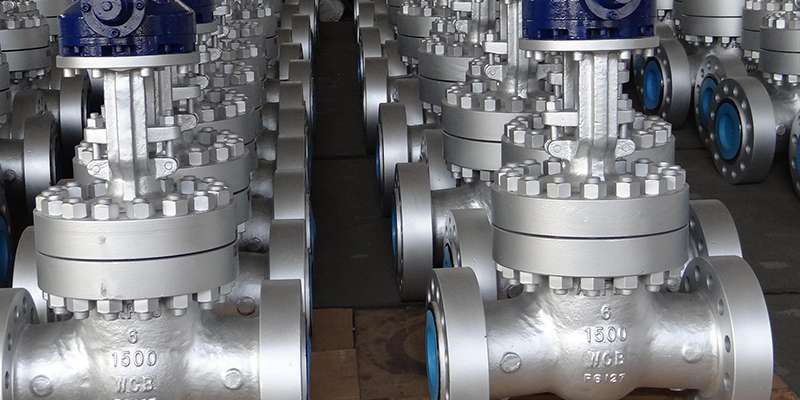



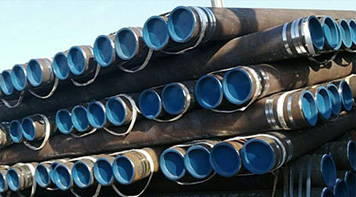 Eastern Steel Manufacturing Co.,Ltd not only improve product production and sales services, but also provide additional value-added services. As long as you need, we can complete your specific needs together.
Eastern Steel Manufacturing Co.,Ltd not only improve product production and sales services, but also provide additional value-added services. As long as you need, we can complete your specific needs together.
